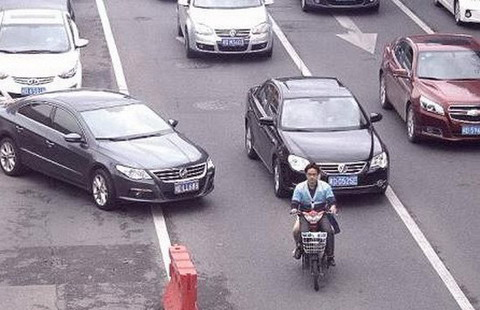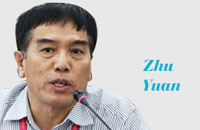FTA the key for regional integration
By Cai Hong (China Daily) Updated: 2014-12-01 07:33A China-Japan-South Korea FTA will also promote further economic integration in East Asia. The region has grown into "Factory Asia" over the past decades. China, Japan and South Korea have exported sophisticated parts and components to less developed countries in the rest of Asia, where final consumption goods are produced and shipped to rich-nation markets, especially the United States and Europe.
But since the global financial crisis and subsequent economic crisis hit the US and Europe, exports of consumption goods by East Asian countries towards these markets have slowed down.
The distance their consumption goods travel abroad highlights the change. Over the last decade, East Asia's consumption goods traveled, on average, over 8,000 kilometers before reaching their final overseas markets. In the aftermath of the global economic crisis, the distance traveled by East Asia's consumption goods abroad has declined by 4.4 percent.
So the China-Japan-South Korea FTA talks will facilitate the trade winds that are blowing across the rest of Asia. The Association of Southeast Asian Nations and its six trading partners - namely, China, Japan, South Korea, Australia, India and New Zealand - have set 2015 as a "soft timetable" for a regional free trade pact. The proposed mega-regional deal, called the Regional Comprehensive Economic Partnership, is expected to further open up new and bigger markets for local businesses. The sixth round of negotiations for the RCEP will be held in India this week.
The RCEP matters globally because it includes three of the world's largest economies - China, Japan and India - and would create the world's largest trading bloc, covering 3 billion people and 30 percent of the world's GDP (about $21 trillion).
Though a latecomer, the economically important Asia has emerged at the forefront of global and bilateral FTA activity.
Chinese officials and scholars believe that too many FTAs in the region would set up different standards and create a "bowl of spaghetti" problem, a disorganized tangle of bilateral trade deals. This would make regional businesses complex. Excluded from the US-led Trans-Pacific Partnership Agreement, China has proposed a single comprehensive Asia-Pacific FTA. At the Asia-Pacific Economic Cooperation meeting in Beijing, regional leaders agreed to study China's proposal.
The World Bank expects East Asia and the Pacific will remain the drivers of global economic growth in the near future. And every country in the region wants to make sure it reaps the economic benefits of increased regional trade, so the push for beneficial FTAs will continue.
The author is China Daily's Tokyo bureau chief. caihong@chinadaily.com.cn











